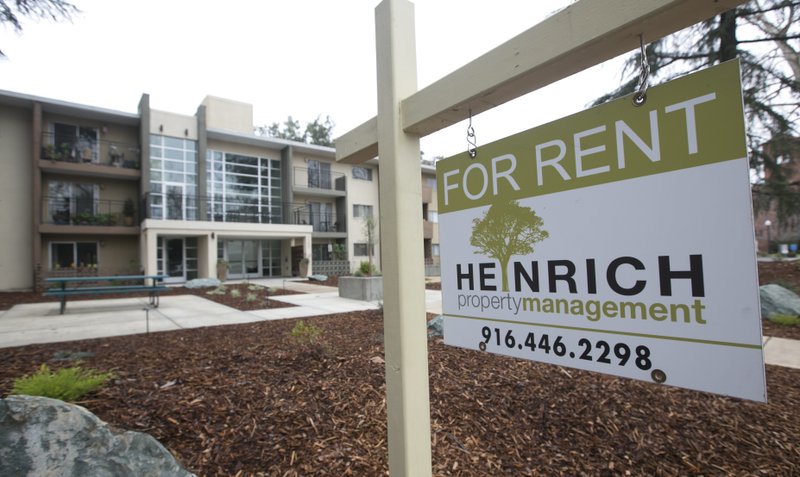Apartment rents in the U.S. are continuing to rise this year, fueled by higher demand from millennials looking for places of their own, strong job growth and rising wages.
The U.S. median rent climbed 3.4 percent in March from a year earlier to $1,535, according to data from online rental housing portal HotPads.
While apartment construction surged in the years after the housing bust, it hasn't kept up with demand, giving landlords the upper hand.
Years of rising home prices, meanwhile, have made it more difficult for many would-be home buyers to save up for a down payment, despite the fact that lower mortgage rates and a rise in the number of available homes appear to be rejuvenating overall home sales after a slowdown last year.
"Even though mortgage rates are sliding a little bit and are lower than the historical average, you still have a huge amount of people who are not able to afford homes right now," said Joshua Clark, an economist at HotPads. "That's keeping people renting and that's going to keep people competing against each other for the same units."
The national median rent has risen annually since at least December 2012, the earliest data available from HotPads.
That trend has developed against the backdrop of a steady increase in rental households and a sharp decline in the homeownership rate for much of the past two decades.
The number of renter-occupied U.S. housing units climbed from a low of around 32.9 million in 2004 to a high of about 44.08 million in 2016. It's been mostly flat ever since, reaching around 43.11 million at the end of last year, according to census data.
At the same time, the nation's homeownership rate has tumbled from a high of 69 percent in 2004. It bottomed out at 63.4 percent in 2016 and has since crept higher, reaching 64.4 percent last year.
HotPads' March report shows rents are rising in all of the nation's top 50 most populous metropolitan areas.
Phoenix notched the biggest gain, with its median rent vaulting 6.7 percent from a year earlier to $1,520.
On the opposite end of the scale, the median rent in Houston rose just 1.3 percent in March to $1,585. New York's median rent also rose slightly, increasing 1.5 percent to $2,380.
"A year ago, the country was experiencing slowing rental markets and tighter for-sale markets," Clark said. "Today, most of the country is experiencing the opposite."
Steady job growth and demographic trends, namely more of the younger millennials coming of age and seeking to move out on their own, are expected to continue to drive more demand for rental housing, pushing rents higher.
"What I'm confident about right now is that over the next few months we're going to see rents continue to rise," Clark said. "The fact that we have been accelerating in these winter months a little bit, that's a really strong signal that we're going to have higher rent appreciation this year than last year."
Business on 04/12/2019
